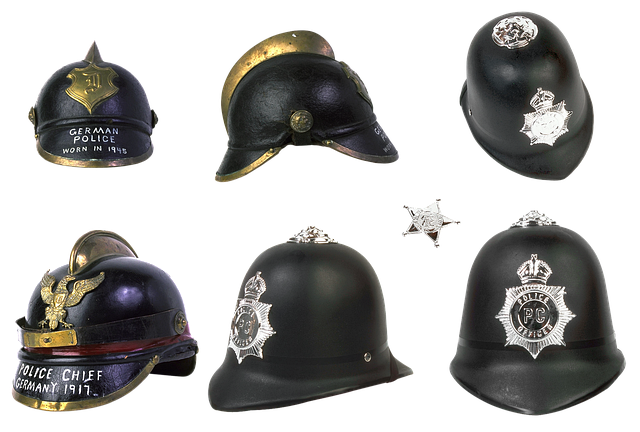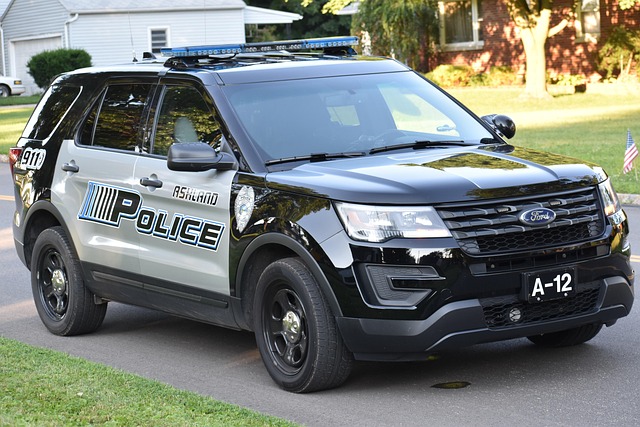Understanding forensic evidence and its limitations is crucial for legal strategies, especially in white-collar crime cases. Mastering cross-examination techniques, questioning methodologies, and presenting contradictory scientific findings are key to challenging forensic evidence in court. This strategic approach involves scrutinizing expert witnesses, analyzing scientific literature, and employing advanced data analysis to create reasonable doubts about evidence reliability, ultimately ensuring fair trial outcomes and protecting the rights of the accused.
In today’s legal landscape, effective litigation risk management hinges on understanding and navigating forensic evidence. This comprehensive guide delves into the intricacies of challenging forensic evidence in court. From grasping the basics and types of forensics to exploring common challenges and weaknesses, we equip you with essential strategies. Learn powerful cross-examination techniques for expert witnesses and discover legal strategies to dispute scientific findings. Moreover, real-world case studies demonstrate successful challenges, providing valuable insights on how to effectively counter forensic evidence.
- Understanding Forensic Evidence: Basics & Types
- Challenges: Common Issues & Weaknesses in Forensics
- Cross-Examination Techniques for Expert Witnesses
- Legal Strategies to Dispute Scientific Findings
- Case Studies: Successful Challenges in Courtroom
Understanding Forensic Evidence: Basics & Types

Forensic evidence plays a pivotal role in legal proceedings, offering scientific insights that can make or break a case. Understanding its basics and types is crucial for both plaintiffs and defendants alike, especially when aiming to challenge its admissibility in court. This knowledge equips corporate and individual clients with valuable tools to navigate complex litigation scenarios.
Forensic experts collect and analyze physical evidence, such as DNA samples, fingerprints, and ballistic reports, often utilizing advanced technologies. While this evidence is compelling, it’s not infallible. How to challenge forensic evidence in court becomes a strategic maneuver for winning challenging defense verdicts. Through meticulous cross-examination of experts, questioning the methodology, and presenting contradictory scientific findings, attorneys can achieve a complete dismissal of all charges under certain circumstances.
Challenges: Common Issues & Weaknesses in Forensics

Forensic evidence plays a pivotal role in many legal proceedings, especially in high-stakes cases involving white-collar crime and complex financial disputes. However, navigating the challenges associated with forensic analysis is crucial for a winning challenging defense verdict. One of the primary issues is ensuring the reliability and validity of the evidence. Forensics experts must adhere to stringent scientific standards and maintain meticulous records to avoid any discrepancies or potential manipulation.
Common weaknesses in forensics include technical errors, biased methodologies, and inadequate chain-of-custody protocols. These issues can arise due to outdated equipment, lack of proper training, or unintentional human error. In court, defense attorneys must scrutinize these aspects rigorously, challenging the admissibility of evidence by exposing such weaknesses. Understanding how to challenge forensic evidence in court is an art that requires a deep knowledge of both the legal and scientific domains, ensuring justice is served in every high-stakes case.
Cross-Examination Techniques for Expert Witnesses
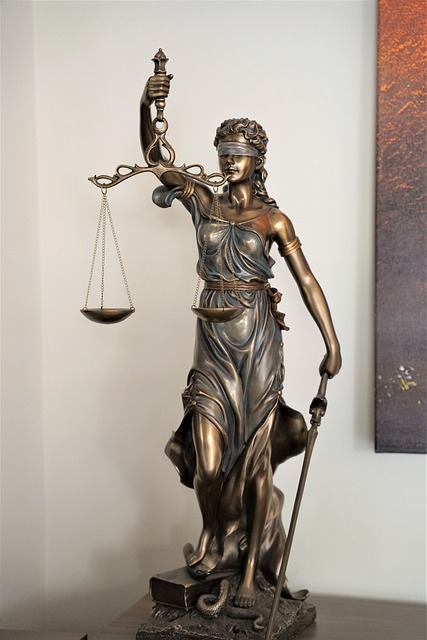
Cross-examination is a powerful tool for challenging forensic evidence presented by expert witnesses during litigation. When faced with such testimony, it’s essential to employ strategic techniques that can undermine the credibility of the expert and potentially achieve extraordinary results in court. A successful cross-examiner should aim to expose any inconsistencies or weaknesses in the expert’s analysis and methodology.
Forensic experts often rely on intricate details and technical jargon, making it crucial for lawyers to thoroughly prepare and understand the underlying principles. By questioning their interpretations, assumptions, and sources of data, attorneys can reveal gaps in their expertise. This approach helps corporate and individual clients alike, ensuring that any presented evidence is robust and merits a winning challenging defense verdict.
Legal Strategies to Dispute Scientific Findings
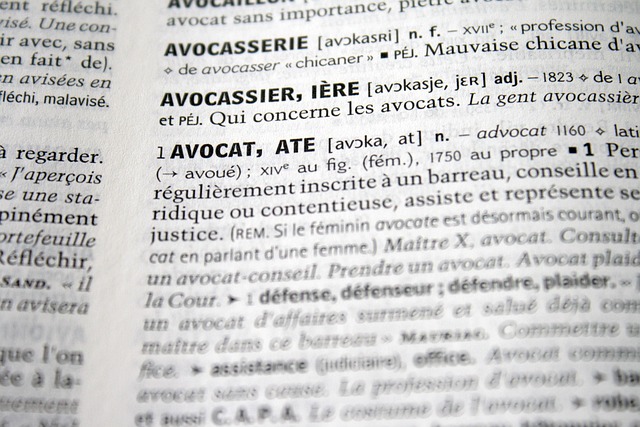
In cases involving complex scientific findings, such as those seen in white-collar and economic crime investigations, effective litigation risk management requires a keen understanding of legal strategies to dispute these evidence types. When facing forensic evidence in court, it’s crucial to approach the challenge with a comprehensive strategy that accounts for the unique characteristics of the data presented. An unprecedented track record of success in similar cases can strengthen your position by demonstrating the reliability and validity of your arguments.
Attorneys must scrutinize the methodologies employed, question the expertise of the analysts, and explore any potential biases or errors. This process involves delving into the scientific literature, consulting experts in the field, and employing advanced data analysis techniques to challenge the integrity of the findings. For instance, cross-examination tactics can highlight inconsistencies or weaknesses in the evidence, while expert witnesses can provide alternative interpretations backed by robust methodologies. Ultimately, the goal is to present a compelling case that raises reasonable doubts in the minds of jurors during jury trials, ensuring a fair and just outcome.
Case Studies: Successful Challenges in Courtroom
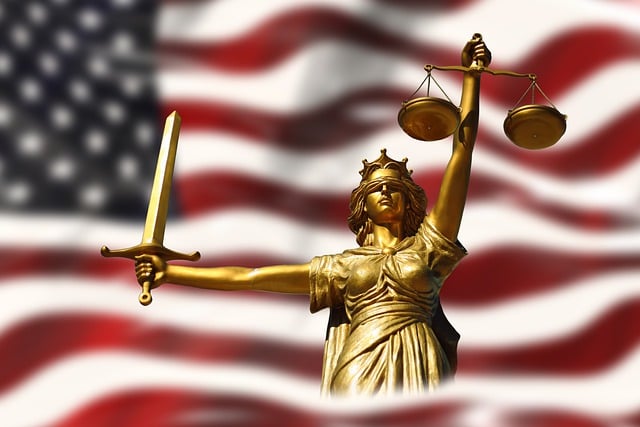
In the realm of litigation risk management, understanding how to challenge forensic evidence in court is a game-changer for any general criminal defense strategy. Case studies reveal successful challenges where diligent attorneys have unraveled complex scientific testimony and exposed inconsistencies in crime scene investigations. These victories often hinge on meticulous cross-examination, expert witness testimony, and a deep understanding of the methodology behind forensic practices.
By employing strategic tactics, lawyers can navigate the intricate labyrinth of jury trials, avoiding indictment by raising reasonable doubts about the reliability of forensic evidence. This involves thorough research into the specific techniques used in the case, challenging the chain of custody, and presenting alternative explanations for the observed results. Such approaches not only protect the rights of the accused but also ensure that justice is served through accurate and unbiased legal proceedings.
Effective litigation risk management requires a deep understanding of forensic evidence and strategic navigation through its challenges. By grasping the basics, identifying common issues, and employing robust cross-examination techniques, legal professionals can successfully dispute scientific findings. The case studies presented offer valuable insights into how strategic approaches have led to positive outcomes in the courtroom. When faced with forensic evidence, it’s crucial to stay informed, question assumptions, and utilize legal strategies tailored to each unique situation—ultimately enhancing your ability to protect clients’ interests. Moreover, staying abreast of advancements in forensics and developing expertise in cross-examination techniques will prove invaluable in How to Challenge Forensic Evidence in Court.

